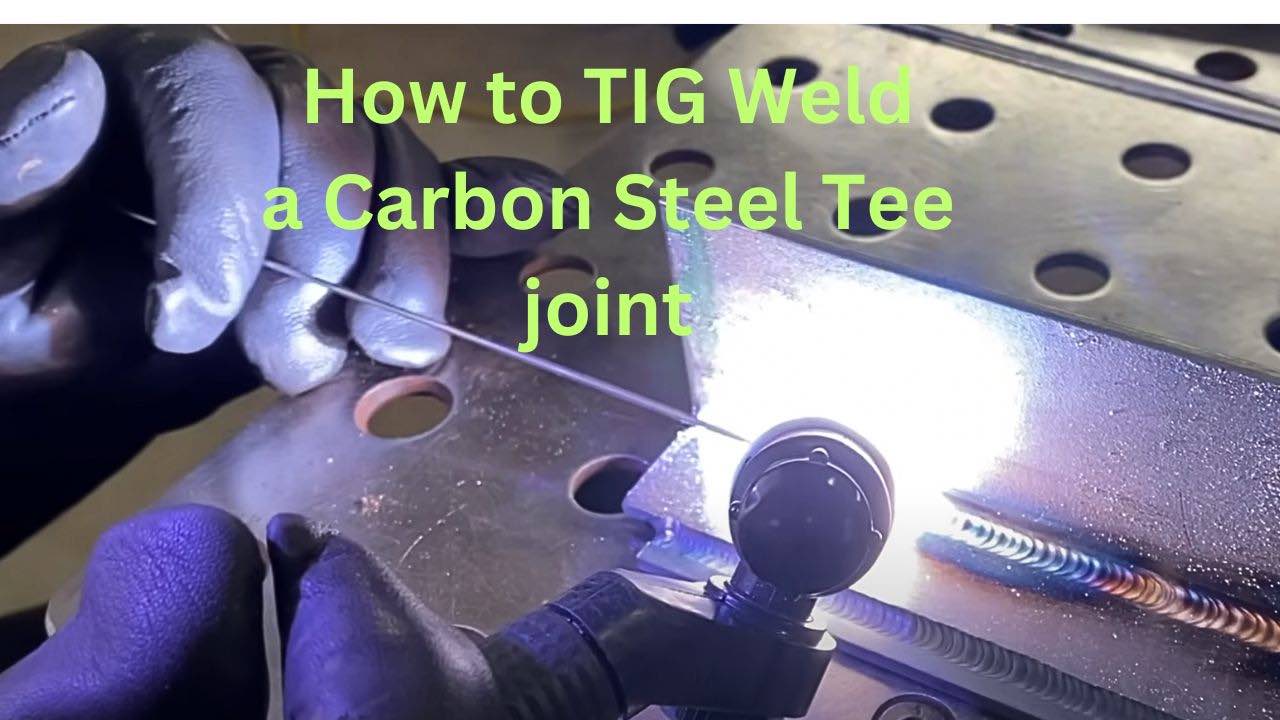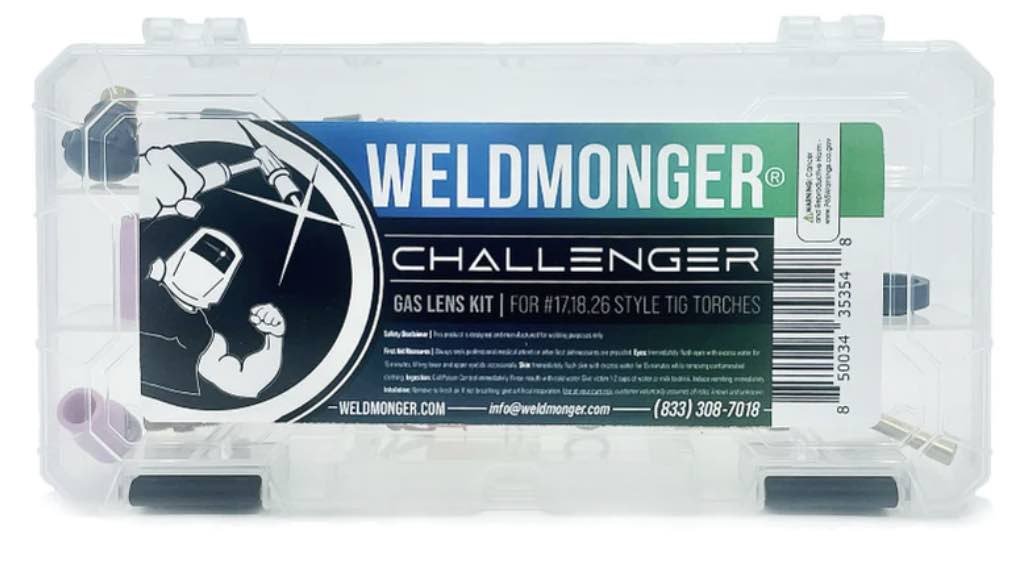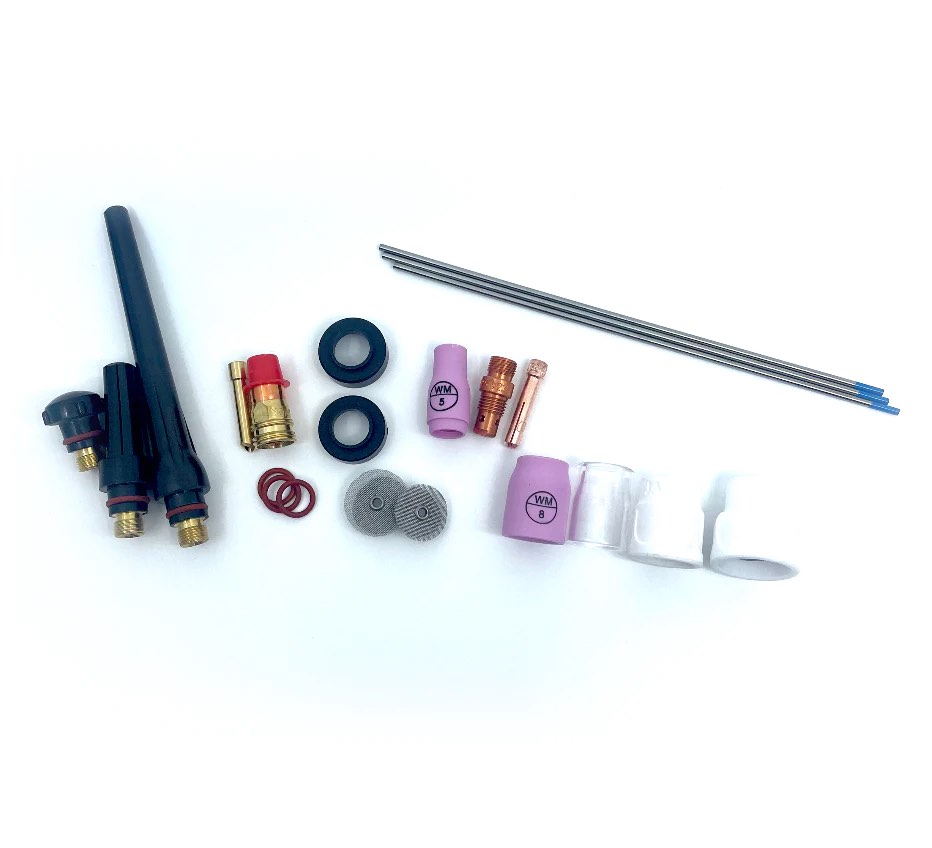How to TIG Weld a Carbon steel tee joint with welderskills.com instructor Andrew Cardin
Here is a short concise video on how to tig weld a carbon steel tee joint.
Scroll Down for video...

- HOME
- TIG WELDING
- How to Tig Weld a Carbon Steel Tee Joint
TIG welding a Multipass Tee Joint for Students
...Introducing the New WeldMonger Challenger TIG kit that includes the most frequently used Cups.
My good friend and Welderskills.com instructor Andrew Cardin is doing the welding for this video and I am behind the camera trying to capture arc shots, hand positions, and wire feeding hand.
Here are the details.
Cold rolled steel 11ga (.125" thickness) (bottom piece is doubled from previous lap joint
DCEN 145-164 AMPS (normally, amperage would be around 130-145 if the piece on bottom was not doubled )
Jazzy 10 ceramic cup
30 cfh argon flow rate
post flow set to 10 seconds
3/32" 2% lanth electrode
1/16" ER70S6 Filler wire
The relationship between travel speed, amperage, and heat input
165 amps might seem like too much for 11ga cold rolled steel but if you pay attention to the travel speed, you will notice that Andrew not only moves along at a pretty good clip, but he also gets his puddle started quickly and gets moving without hesitating and building up heat.
This is especially important on stainless steels where low thermal conductivity allows heat to build easily.
The relationship between voltage, amperage, and travel speed in TIG welding
Voltage is mostly controlled by arc length in tig welding.
Amperage is sometimes adjusted with a foot pedal or torch control while tig welding.
Travel speed affects overall heat input greatly.
A fast weld at higher amperage can sometimes have less heat input than a slower weld at lower amperage.
And a slow weld at lower amperage can have more heat input than a faster weld at higher amperage.















